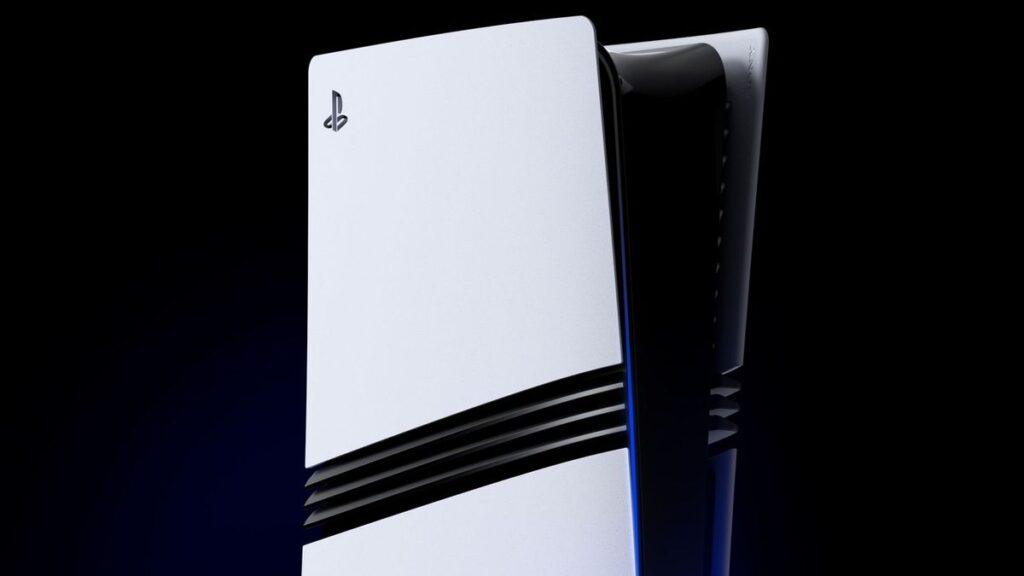- New video with Mark Cerny has been released
- Provides interesting information about the technology of the PS5 Pro.
- This includes a breakdown of its ray tracing features.
A new technical seminar with the lead architect of the PlayStation 5 Pro console, Mark Cerny, has been published on the official PlayStation YouTube channel. It provides interesting new information about the hardware powering the PS5 Pro, including an explanation of what “advanced ray tracing” really means.
The video is quite technical and begins with Cerny describing what Sony hopes to achieve with the PS5 Pro. He says that each new generation of consoles aims for “vast improvements” and “significant new capabilities” that allow for a “tremendous step forward in what the player experiences.” Mid-gen upgrades like the PS5 Pro, on the other hand, are much more “focused” and typically focus on a few key areas like the GPU.
When developing the PS5 Pro, Cerny says the goal was to create minimal extra work for developers while still delivering games that play “noticeably better.”
Look
Cerny also details some of the PS5 Pro’s technical improvements. While it’s not entirely new information, it does provide a useful summary.
It explains that the 16GB of GGDR6 RAM found in the console is 28% faster than the PS5, with over 1GB more memory available for games to help with PSSR, ray tracing, and higher resolution. rendering. The PS5 Pro also features 2GB of slower DDR5 RAM for the operating system.
It goes on to address some common misconceptions, specifically regarding the power of the PS5 Pro’s GPU. It claims that the GPU runs at 16.7 TFLOPs, debunking a previous myth that it was actually running at 33.5 TFLOPs. He reaffirms the claim that, overall, developers can expect to achieve a 45% increase in rendering speed, which he calls “a huge improvement.”
We also get an idea of what the PS5 Pro’s advanced ray tracing entails in technical terms. He claims that one of the “top priorities” of PS5 Pro development was “finding ways to speed up” the ray tracing calculation. This was achieved through a combination of GPU improvements and new RDNA features in collaboration with AMD.
He estimates that lightning calculation now occurs at approximately “double or triple the speed of the PS5.” It also explains a new hardware acceleration and stack management structure. Simply put, the new acceleration framework interprets data related to the simulated geometry to determine where rays hit objects using an intersection engine. Objects are divided into “boxes,” making it easier for the engine to determine which ones will be affected by lightning.
Every time a ray crosses a box, it is reduced in size to limit exactly what should be simulated. Compared to the PS5, the PS5 Pro encodes boxes in larger groups with an intersection engine that is twice as fast, greatly increasing ray tracing performance.
Stack management in hardware addresses the problem of divergence, which occurs when certain pixels being rendered require different actions than others, typically increasing the time required to render them. This affects ray tracing performance, as there are many possible ways to interpret a ray when dealing with curved or bumpy surfaces.
While the base PS5 uses a complex stack management system to accommodate this, on PS5 Pro, stack management is in the console hardware, simplifying the process and “further increasing execution speed.” This, in addition to a few other changes, leads to significantly more consistent ray tracing performance, helping games look and run better.
While I certainly wouldn’t recommend it to more casual players, you can check out the rest of the technical seminar for even more information.




